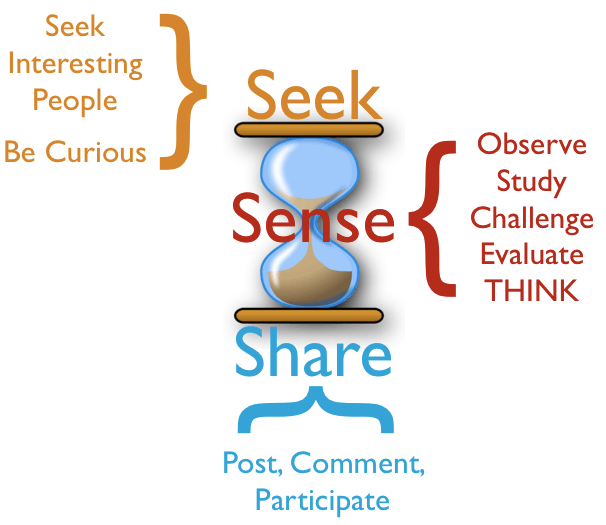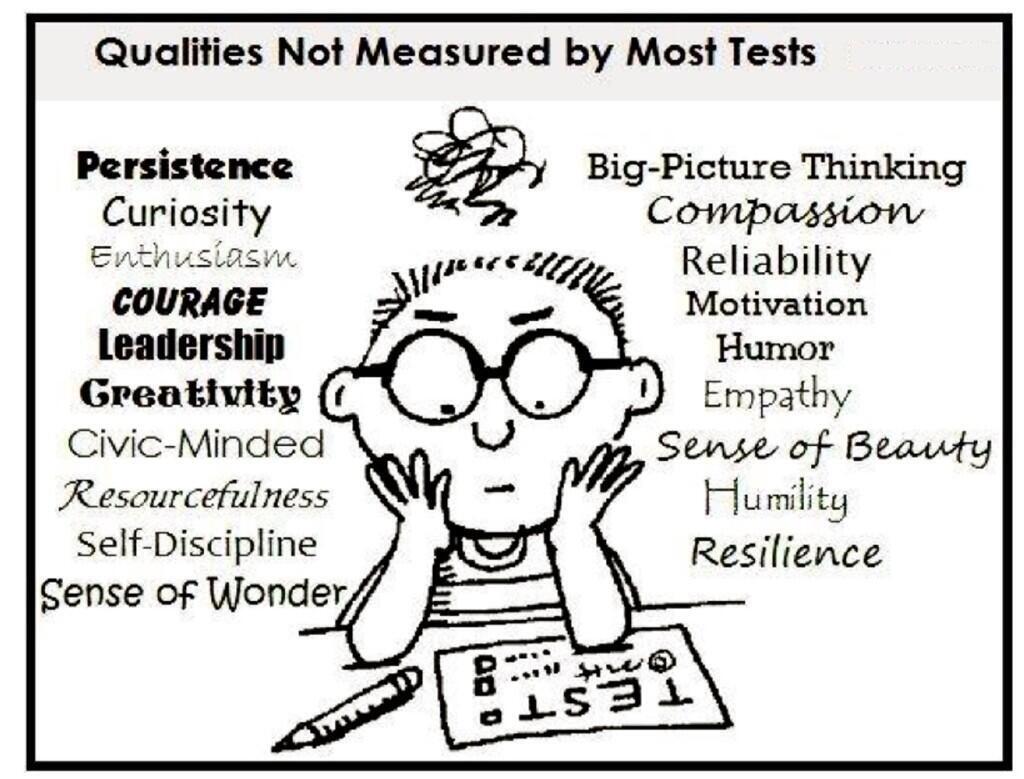The concept of a Personal Learning Network (PLN) has been around for a couple of years now. Educators who have embraced this concept have experienced firsthand the positive impact on professional practice that being a connected educator brings. The premise is relatively simple. Carve out a little time each day (15 – 30 minutes) and use one of many available free tools to learn. It is less about the specific tool that is used for the foundation of a PLN and more about the relationships, engagement, and new knowledge that result.
Leadership is a choice and not one that should be made lightly. With this choice comes a great deal of responsibility to initiate and sustain change that will lead to a transformed school culture. Learning has been, and always will be, a pivotal component of this process. With time always being in short demand, leaders must be on the forefront of leading the learning themselves if that is what they expect of others. Basically, we get what we model. Outside of instruction there is not a more important leadership quality that successful and effective administrators must focus on. Quite simply the best leaders are always learning. Learning is the fuel of leadership.
With budget crunches and lack of time it is often a challenge to participate consistently in invaluable, formal learning opportunities. Nothing beats quality, face-to-face professional learning. It is through these opportunities that time, applicability, and relationships intersect resulting in a powerful experience. However, leaders today now have the means to supplement formal learning opportunities with a PLN. This is equivalent to a human-generated search engine that never shuts down and is powered by the knowledge of world-renowned experts and practitioners alike.
PLN’s can be a tough sell at times, especially when they are being pitched to administrators who are either against or not on social media. I can relate, as this is where I was prior to March 2009. I swore I would never be on social media as I didn’t have the time for it and that it would not help me professionally. Boy was I wrong. Now, like many others, I preach the many benefits connected learning brings to all educators. Administrators though, are at times tough nuts to crack. Hence I have developed an initial list of reasons why every leader should have a PLN.
Image credit: Harold Jarche
Leadership is a choice and not one that should be made lightly. With this choice comes a great deal of responsibility to initiate and sustain change that will lead to a transformed school culture. Learning has been, and always will be, a pivotal component of this process. With time always being in short demand, leaders must be on the forefront of leading the learning themselves if that is what they expect of others. Basically, we get what we model. Outside of instruction there is not a more important leadership quality that successful and effective administrators must focus on. Quite simply the best leaders are always learning. Learning is the fuel of leadership.
With budget crunches and lack of time it is often a challenge to participate consistently in invaluable, formal learning opportunities. Nothing beats quality, face-to-face professional learning. It is through these opportunities that time, applicability, and relationships intersect resulting in a powerful experience. However, leaders today now have the means to supplement formal learning opportunities with a PLN. This is equivalent to a human-generated search engine that never shuts down and is powered by the knowledge of world-renowned experts and practitioners alike.
PLN’s can be a tough sell at times, especially when they are being pitched to administrators who are either against or not on social media. I can relate, as this is where I was prior to March 2009. I swore I would never be on social media as I didn’t have the time for it and that it would not help me professionally. Boy was I wrong. Now, like many others, I preach the many benefits connected learning brings to all educators. Administrators though, are at times tough nuts to crack. Hence I have developed an initial list of reasons why every leader should have a PLN.
- Support and feedback
- Work smarter, not harder
- Share your work
- Remove silos
- 24/7 inspiration
- Acquire resources
- Collaborate locally and globally
- Track conferences/events (#)
- Latest innovative ideas
- On the go learning

